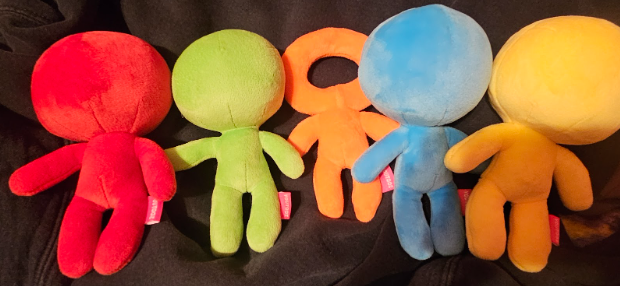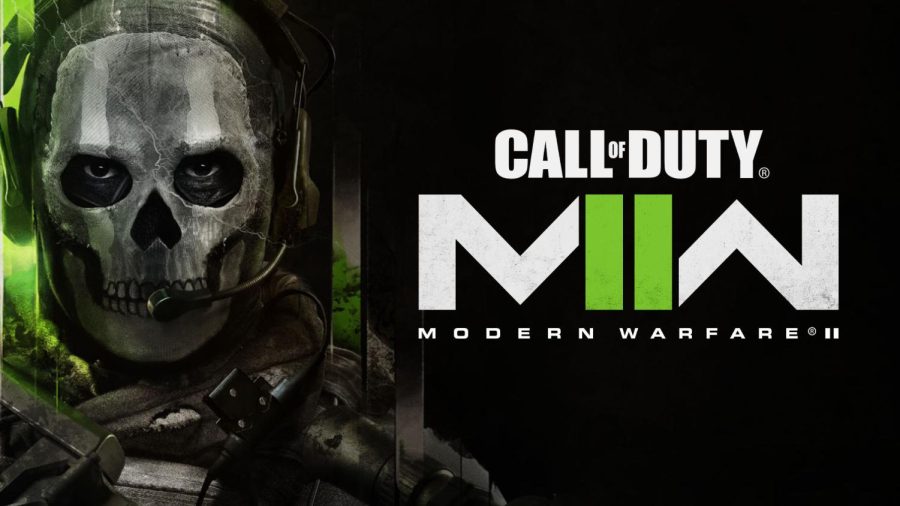Starting in 1961, the game “Spacewar” became popular at the Massachusetts Institute of Technology, or MIT for short. This game allowed two players to simulate a space combat fight, paving the way for more interest in video games. In the 1970s, there was a significant increase in mainframe computer games, such as “Colossal Cave Adventure” and “Hunt the Wumpus.” This period also saw a surge in roleplay games, also called RPG games, like Dungeons and Dragons.
Moving into the 1980s, home consoles, like the Atari systems and Commodore computers, became more popular. However, in 1983, the video game industry in the United States suffered a massive downfall, causing the infamous “Video Game Crash of 1983.” But in 1985, Nintendo released a console called the Nintendo Entertainment System (NES), which came with a game called Super Mario Bros. With its side-scrolling platformer base, it was a hit and revived the video game industry, bringing back interest in video games.
Things were going well for Nintendo until there was competition in the market. Sega came out with a new console called the Sega Genesis, which was also a hit. At this time, Nintendo had just released a new console called the Super Nintendo Entertainment System (SNES). People began arguing over which console was better, “Nintendo or Sega.” This argument caused the first video game war.
The video game war ended, but in the 1990s, a new company entered the market. The company was called Sony, and they released their new console, the PlayStation 1 or just PS1. This console was superior to Sega and Nintendo because it included a revolutionary genre of games; 3-dimensional games such as “Crash Bandicoot” and “Resident Evil.” Nintendo saw this and came out with a bigger and better console named the Nintendo 64. The console had features like 64-bit graphics and free-roam games such as Super Mario 64. This was a huge step for video games because it meant that video games could be 3D, not just 2D.











































